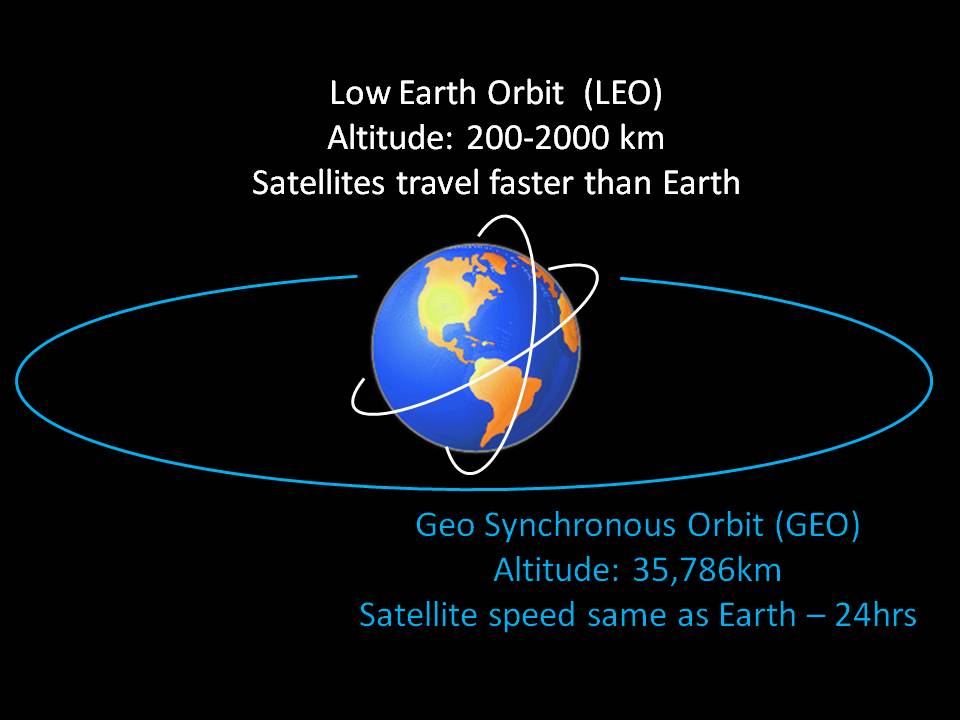From left to right: Dean Manson, Stephen Spengler, Richard Branson, Sunil Bharti Mittal, Greg Wyler, Tom Enders, Paul Jacobs
December 19 2016
Today’s announcement marks an important step towards achieving our mission to build a new global knowledge infrastructure accessible to everyone. This is an exciting day for those who hunger for the information, freedom, and economic participation the web enables, particularly in rural areas, and especially for the two million schools without broadband.
We want to thank Softbank, Qualcomm, Grupo Salinas and our tireless, hyper-dedicated, mission driven team for helping to make this vision a reality. Our initial investing partners—including Airbus, Bharti, Coca-Cola, Hughes, Intelsat, MDA, and Virgin—have been incredibly supportive during the process, thank you for believing.
With this new round of funding and based on our rapid technical progress over the past year, we also announce a much larger goal:
To fully bridge the Digital Divide by 2027, making Internet access available and affordable for everyone.
While the cities and suburbs of developed countries have broadband access, over 50% of the world, including rural America, Europe and Asia, remain without reliable high-speed connectivity. The impact in emerging markets is even greater, where many are without access even at their schools or community centers. Internet access is critical for digital government, health and education, and lack of access impairs financial growth when markets cannot develop, trade and become economically relevant to each other. This issue impacts everyone, and together we can solve it.
OneWeb and our partners have been making great progress. We will soon provide more details of our roadmap, which includes greater than 100x capacity growth from our first generation system, including Gigabit per second speeds, lower latencies, and affordable self-installed terminals. These new capabilities will support both our 2022 goal of connecting every unconnected school and our 2027 goal of bridging the digital divide. At the same time, boundless low latency broadband access will be available for homes, connected cars, trains, planes and cellular backhaul applications.
In early 2018 we will launch an initial 10 production satellites, which, pending a detailed test regimen, will become the first of our fleet. Six months later we will begin our full launch campaign and start providing low latency broadband access as early as 2019.
We have a lot to do between now and then, but it is a good time to say we have appreciated the tremendous amount of global support we have received. This is not just our mission, this is everyone’s mission—and we are really glad to be a part of it.
Greg Wyler
Founder and Chairman

No comments:
Post a Comment